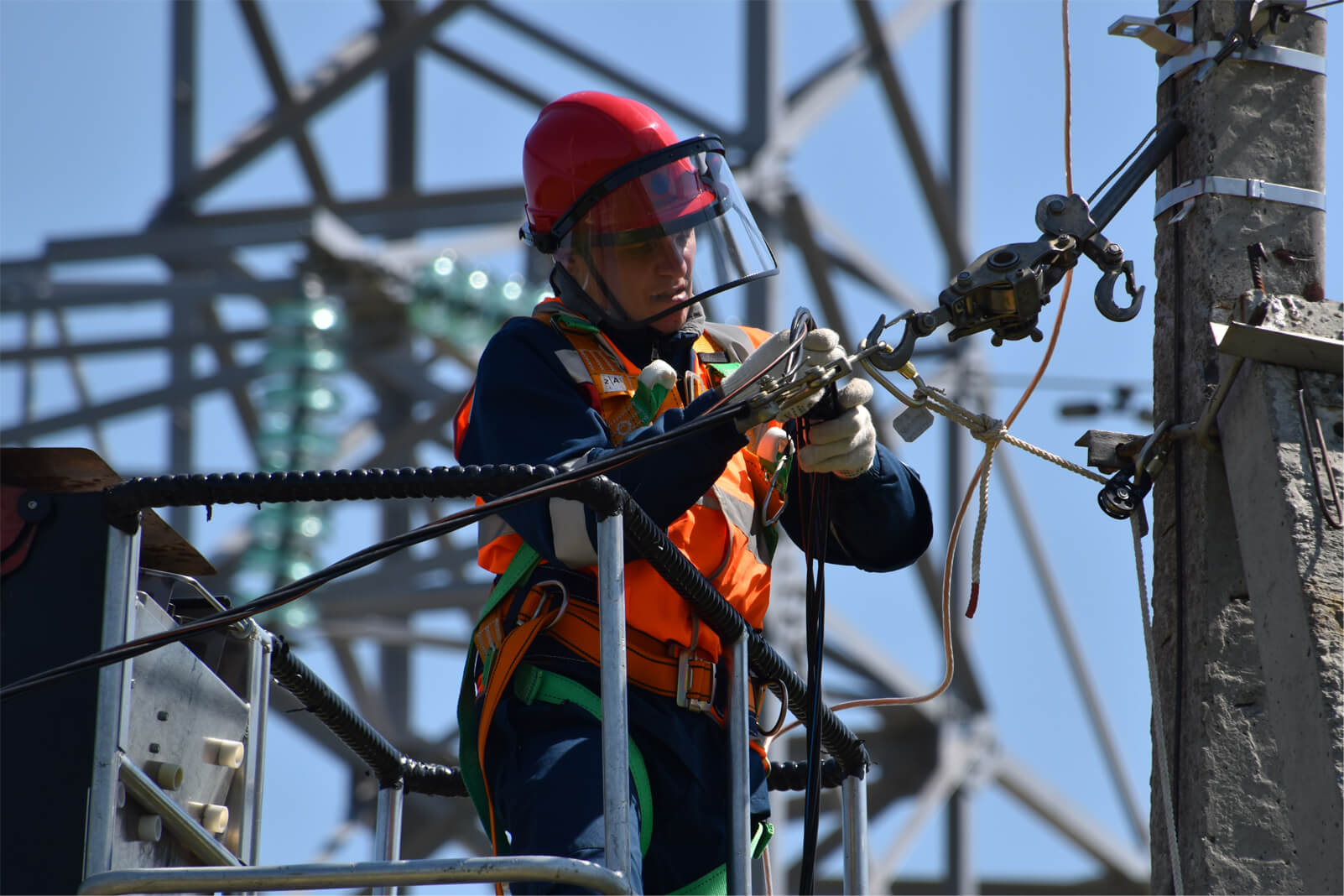Electrical Accidents
Electrical accidents occur everyday in astounding numbers. These accidents can lead to severe injuries and in some cases even death.
The Three Hazards Of Electricity That Cause These Accidents:
- Electrical Shock
- Arc Flash
- Arc Blast

Why not get in touch? We would love to hear from you!
The most common electrical accidents are those resulting in an electrical shock, but the most common cause of injury and hospitalization is from arc flash incidents.
Electrical shock and electrocution can occur when a worker’s body comes in contact with an energized electrical conductor or circuit part. Electrical current will take all paths to ground in a circular path, as it returns to its source (transformer). Depending on the magnitude of the current flow, the time duration, and the path the current takes through the body will determine the severity of the shock or electrocution.
Electrical shock is a term used to describe voltage flowing through a worker’s body where the worker survives the event. Electrocution means electrical current (amperage) flows through a worker’s body and the result of this incident is death.
There Are Many Reasons Why Electrical Accidents Occur:
- Unsafe equipment caused by a lack of maintenance
- Lack of knowledge or training
- Unsafe work practices
- Wrong tools for the task

Electrical shock and electrocution is based upon the magnitude of the current flow, the time duration, and the path the current takes through the body.
Consider These Values:
- Perception Threshold - .001-.003 Amps (1-3mA)
- Cannot Let Go Level - .010+ Amps (10+ mA)
- Respiratory Paralysis - .300+ Amps (300+ mA)
- Ventricular Fibrillation - .600+ Amps (600+ mA)
- Organ Burn and Cell Breakdown - 1.5 Amps (1500 mA)
It does not take very much current at all to be life threatening to our bodies!
Just like electrical shock and electrocution, arc flash and arc blast severity is a culmination of three main factors as well: magnitude of the fault, time duration of the arc, and working distance of the worker. Any. significant change to any one of these values can drastically effect the arc flash hazard values.
OSHA Gives The Basics Of Electrical Hazards Protection As:
- Insulation – cover live parts with high-resistance material such as rubber or plastic.
- Guard exposed live parts to prevent access by unqualified persons.
- Ground both complete systems, and individual machines and equipment.
- Use electrical protective devices – fuses, circuit breakers, and GFCIs.
Safe Work Practices, Including
- De-energizing, locking out and appropriately tagging (LOTO) electric equipment before inspecting or making repairs.
- Using electric tools that are in good repair.
- Using good judgment when working near energized lines.
- Using appropriate protective equipment.
- Unqualified employees and mechanical equipment must stay at least 10 feet away from overhead power lines
- Be aware of your surroundings and any electrical hazards.
- Workers must be trained in safety-related work practices.
- Workers must be trained in any other electrical safety procedures.
Specialization
EDS specializes in many different aspects of electrical training and engineering.
Affordable Price
All training courses are available in affordable prices.
Free Estimation
To get a free no obligation quote, please email us your details or call us and we will get back to you the same day.
